Literary Road Map of Islington
Celebrate our borough's long, rich heritage of authors, screenwriters, poets and writers who live or work here
Literary Road Map of Islington celebrates our borough’s long, rich heritage of authors, screenwriters, poets and writers who have lived here, and the literary works which have been inspired by or set here.
Search the list below to see the novels, plays and poems which were written about Islington and the authors, such as Andrea Levy (1956-2019), who were born or lived in the borough, or Charles Dickens (1812-1870, who used various locations around Islington in their novels.
Also, look at our interactive map to see the literary connections to your area of Islington. To do this click on ‘Show Layers’, ‘Recreation & Leisure’ and check the ‘Literary Road Map’ box.
Pennant, Thomas
;)
Paillou, Peter
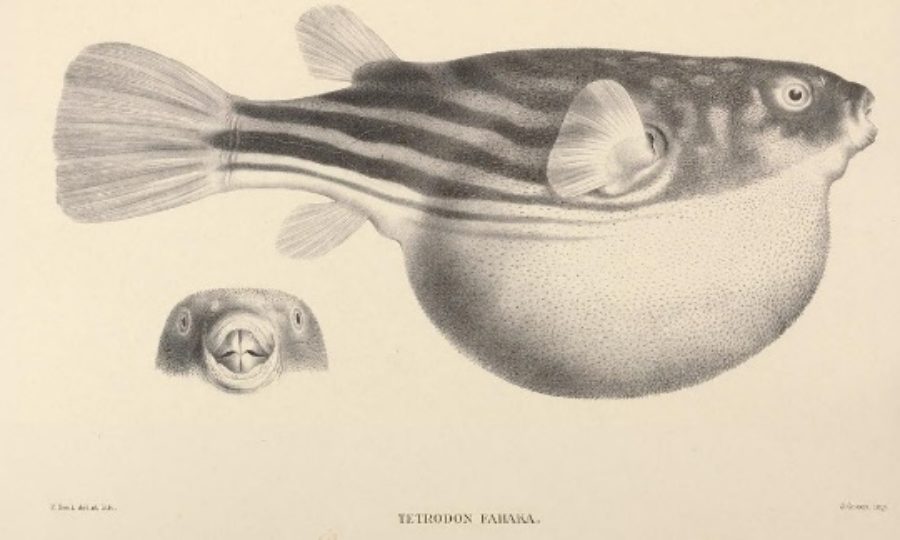;)
Pepys, Samuel
;)
Oldham, John
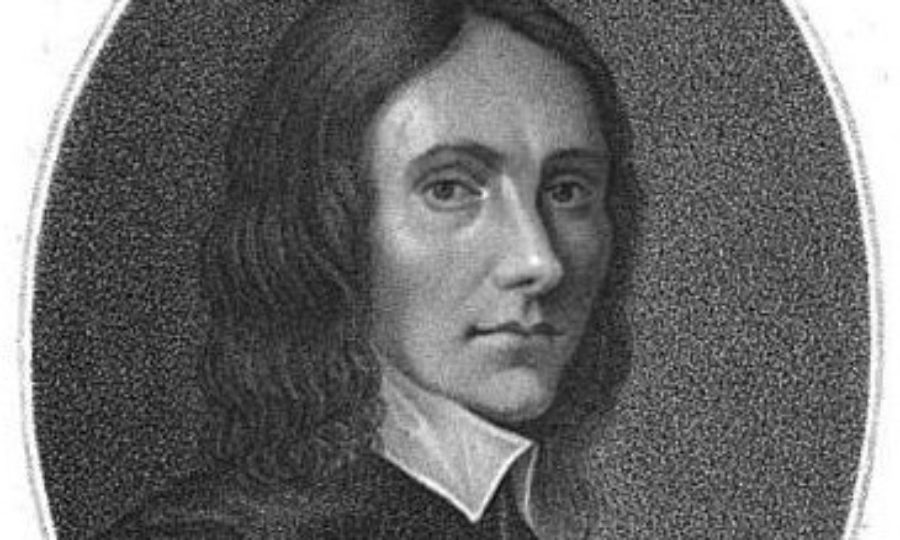;)
O’Brien, James “Bronterre”
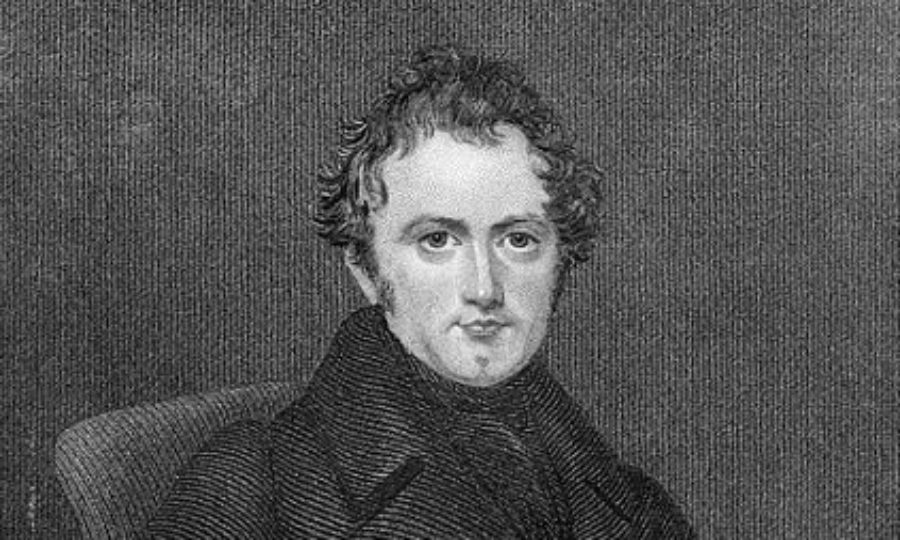;)
Orwell, George
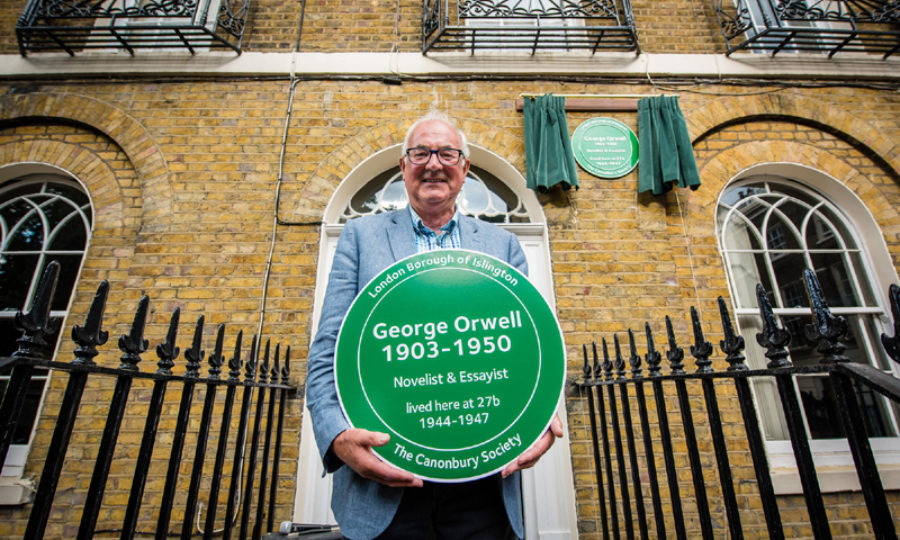;)
Paine, Thomas
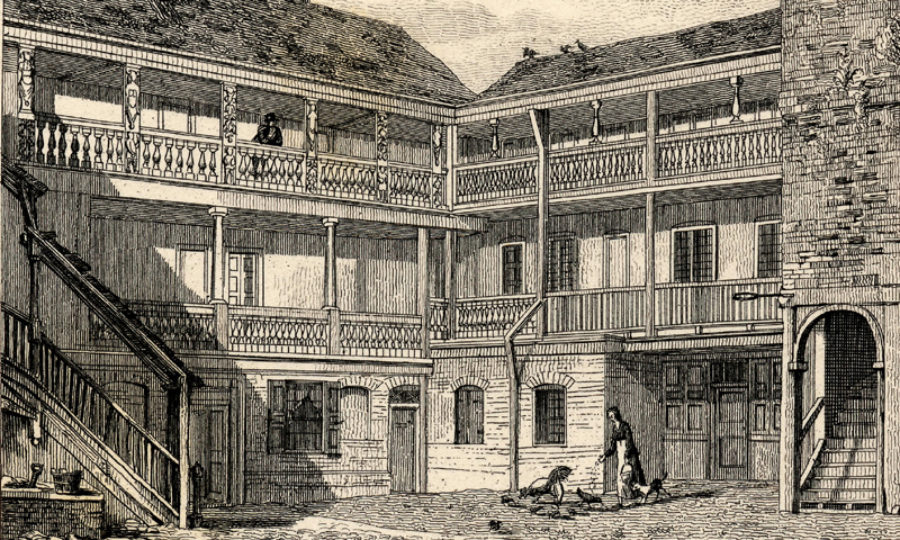;)
Schillinger, Naomi
Stead, W.T.
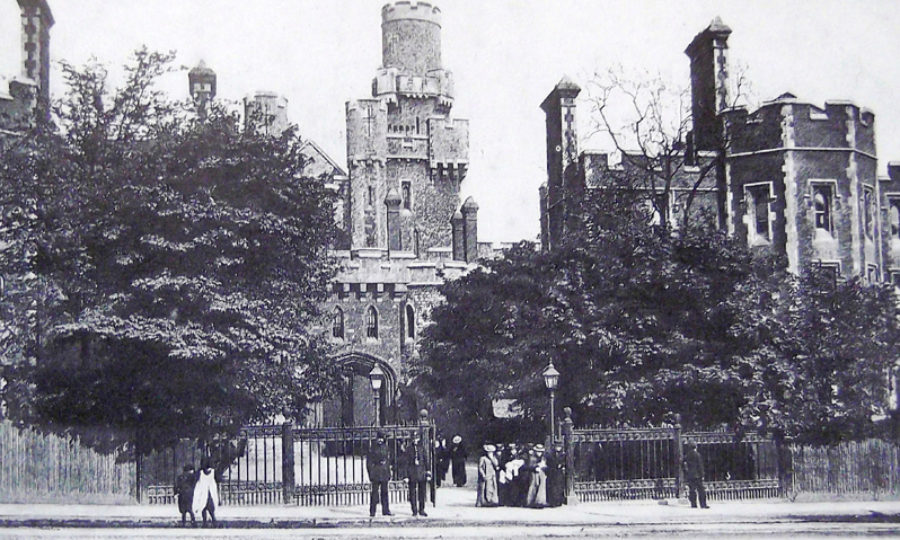;)
Swinnerton, Frank
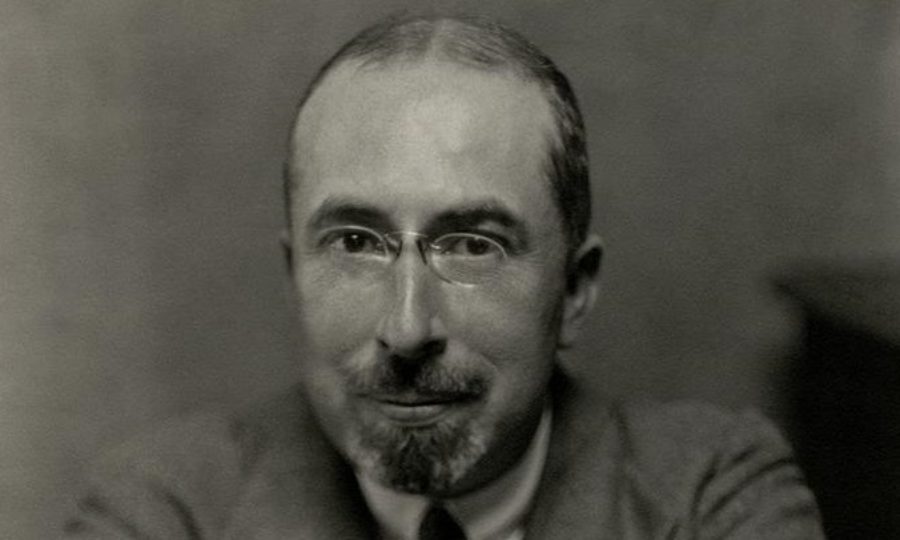;)
White, Jerry
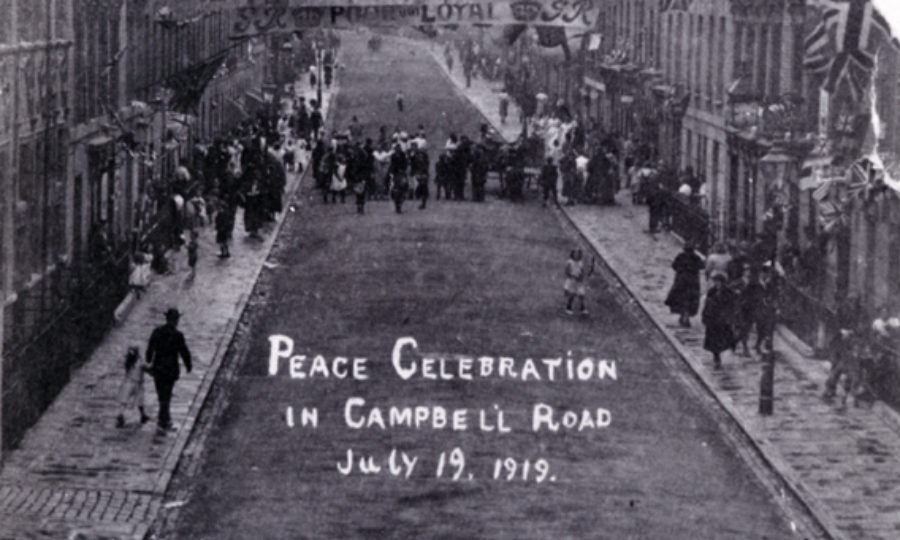;)
Walton, Izaak
;)
